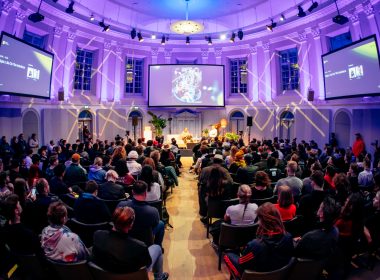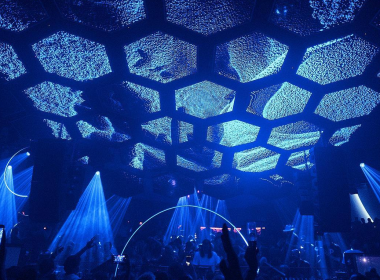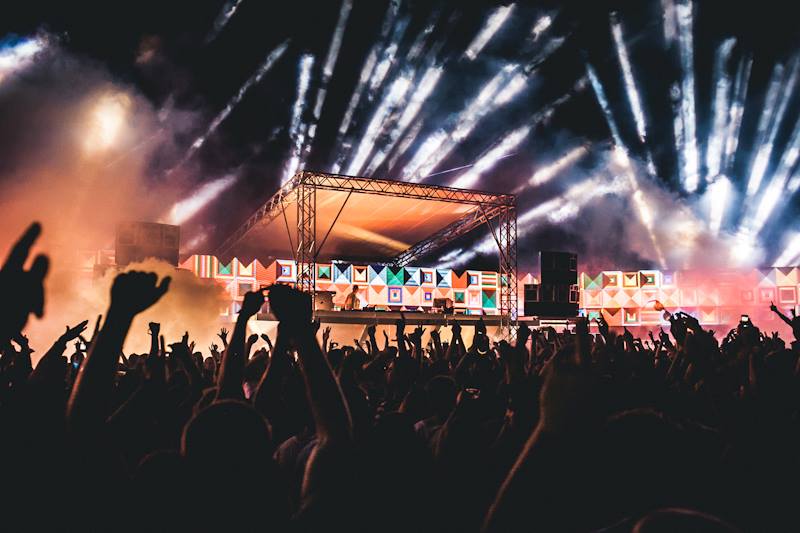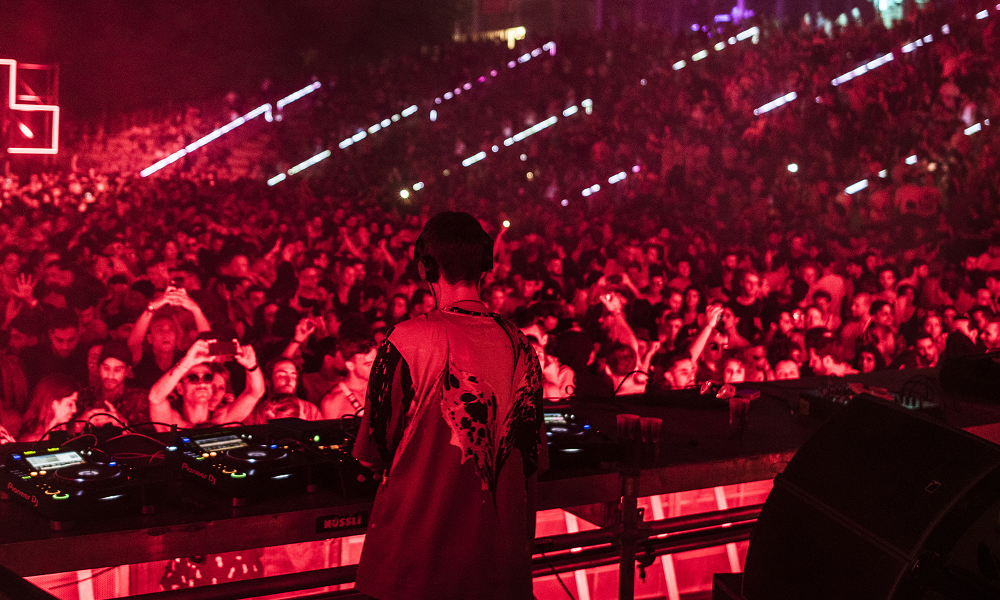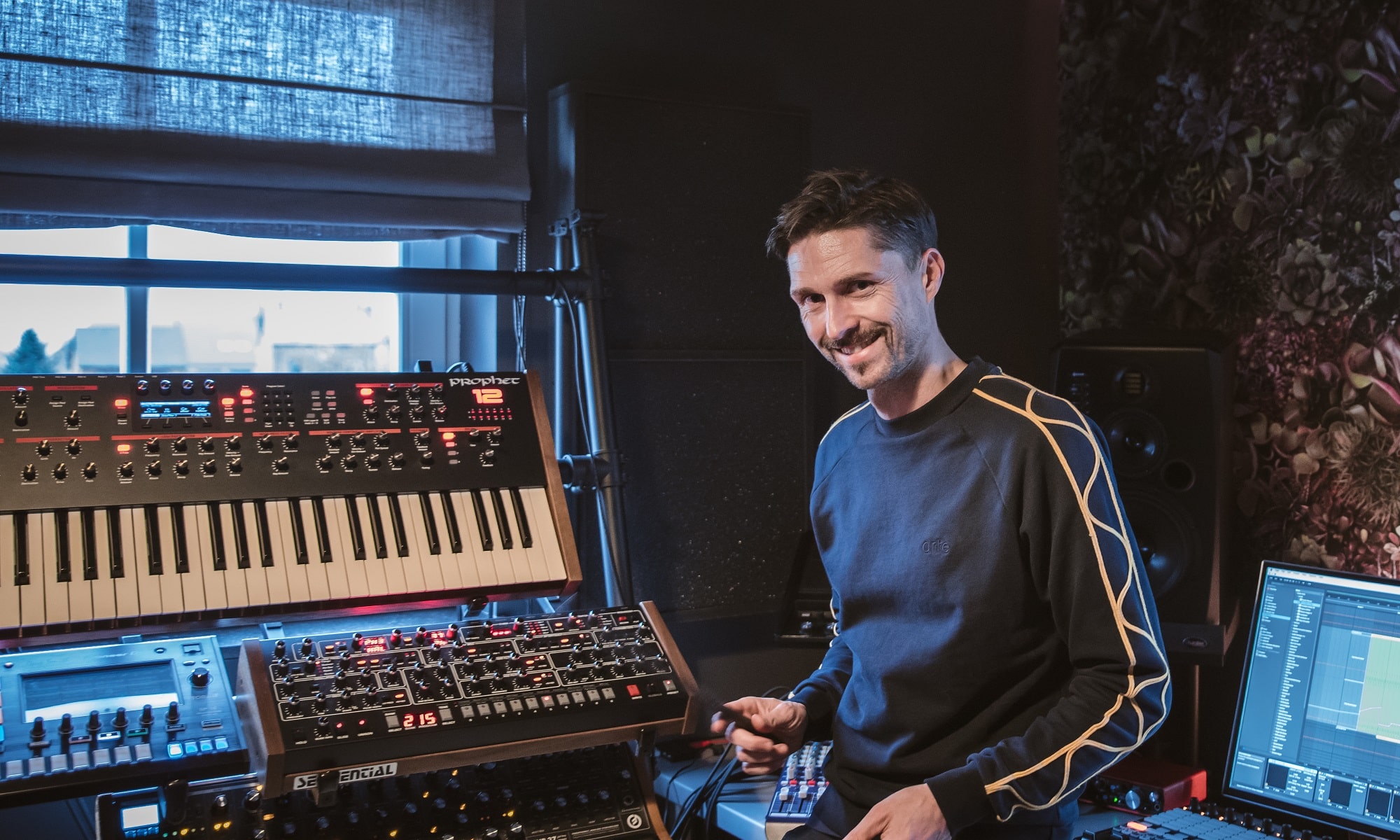“If I can’t dance, I don’t want to be part of your revolution”: a quote from one of the most important figures of anarchy and feminism, Emma Goldman. Like a true activist, she provoked new movements, fought for the liberation of repressed women and, of course, the right to vote. But we are not here to discuss that, we’re really here to tell you about what we like the most: Techno music. In particular, how Techno formed part of 3 social revolutions.
DETROIT 1980

If we are talking about social revolution it’s not in the interest of media sensationalism, we promise! It’s because it’s from there that Techno music was born. Picture Detroit in the mid-80s…
After a while of continuous growth and development, thanks to the motor industry, General Motors was involved in a time of extreme decadence. As a result of the oil crisis, the economic problems and the increased social pressure led to depopulation. But it left the extremely poor unable to leave the sad city.
Jeff Mills sums up the situation in Detroit perfectly: “Imagine a city that was designed to hold 4 million residents but only 1 million live there”. It created a strange, empty feeling. So the people of the city had to find other ways to entertain themselves. They took inspiration from the desolate automobile factories and the arrival of electronic sounds, especially the German group, Kraftwerk, who were among the first to experiment with synthesizers.
The Afro-American producers, Juan Atkins, Derrick May and Kevin Saunderson, known as “The Three of Belle Ville“, were the pioneers of this social and musical movement; they German sounds with Afro-American beats.
Next, came a second wave of artists with the legendary Jeff Mills at the centre. Mad Mike Banks and Robert Hood made their mark on the era when they founded the Underground Resistance. They not only managed to create a new type of entertaining music but also created social conscience through their DIY lifestyle, where they rejected everything given to them by big industries in order to defend self-realisation.
With their strong manifesto, social activities and their then out-of-the-ordinary aesthetic they reached such a point of attention and attraction to Detroit youths that they could develop a sense of community, respecting the individual both inside and outside their raves.
BERLIN 1989
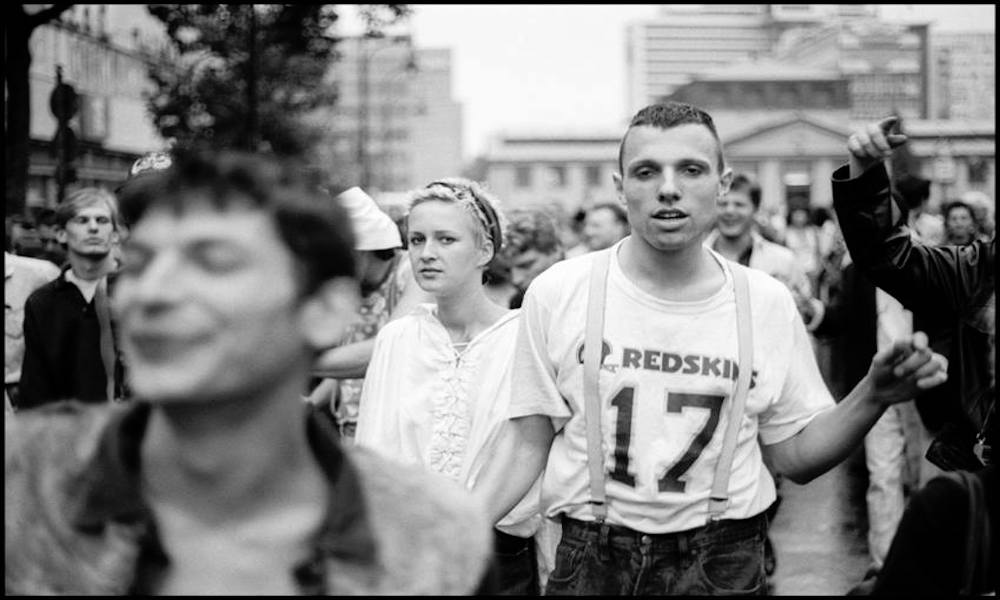
The cosmopolitan German city once was not so modern. By mid-1989 the Berliners still couldn’t enjoy their entire city due to the division of their well-known wall. With the fall of it there was a fusion of ideologies, ways of life and perceptions of reality that were the birthplace of the Berlin we know today.
Suppressed by the previous authoritarianism in both parts of the city, the sensation of freedom was its maximum mode of expression. Social chaos encouraged young Germans to find their creative space in the hundreds of empty buildings left by many organizations or former owners. From there were born art galleries, shops, design agencies, magazines and Techno clubs in the purest underground style.
Berlin was already a creative bomb about to explode. And it exploded. With young talents emerging at all levels and a spectacular increase of immigrants who came to town wanting to join this cosmopolitan movement to experience, learn and share what the German city offers.
And as we said before, it prompted the arrival of Techno music. The first illegal parties came from the UFO, created by Dj Westbam and Dr Motte, who later co-founded the Love Parade. Fiestas that were prelude to some of Berlin’s best-known clubs like Tresor and E-werk, and residence of other mythical artists like Marusha and Paul Van Dyk.
KIEV 2014
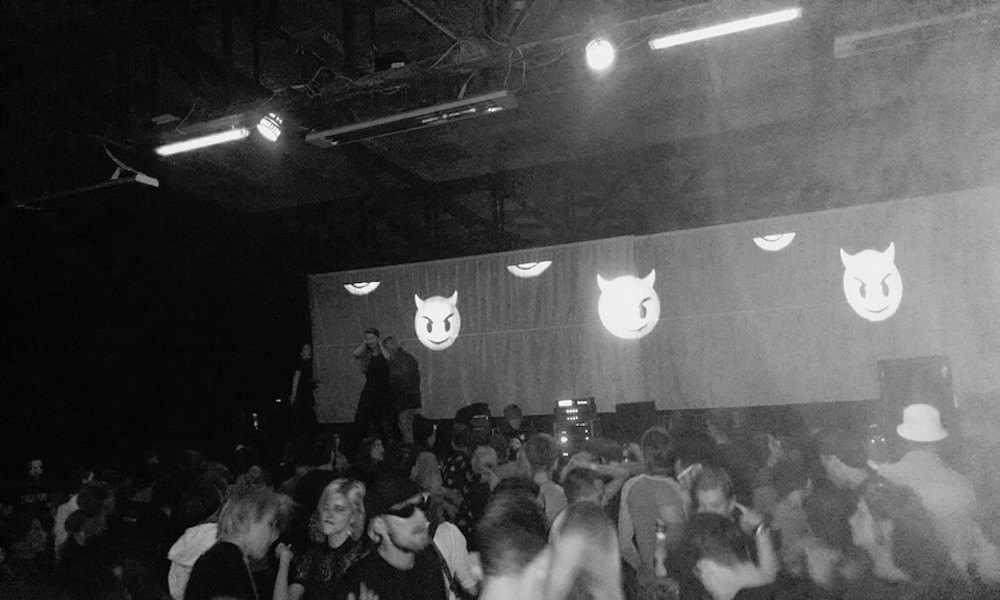
The financial crisis, absence of employment, political corruption, unfulfilled pacts and invasions due to the imposition of weapons encouraged people to revolutionise. And the most recent of revolutions related to Techno was the The Maidan Revolution.
Students from all over Ukraine started this movement, annoyed by the situation and without a clear vision of their future offered by their top leaders. With such instability and social discontent, all kinds of citizens began to join the protests, which ended in riots. But that did not stop them, they invaded the Independence Square day and night until they got what they wanted.
Meanwhile, behind the scenes another revolution was taking place. Many of the young demonstrators needed to channel the tension and negative energy they were suffering as part of Ukrainian society. That’s where Cxema takes place. A party created by the young Slava Lepsheev, who had been left unemployed by the economic crisis. Fed up of not being able to enjoy himself, he tried to promote a revolution based on the love for music. People from all parts of Ukraine came to this party, some even from Crimea, others from the most conflictive and remote areas of Kiev. But neither the distance nor any other type of difficulty presented to them prevented this revolution.
Cxema happened anywhere they could put a good sound equipment. The dance floor could be a skatepark, an abandoned warehouse or under a large bridge. That did not matter, what mattered was to be united to the end.
1



